Tips & Tricks
How To Save a Webpage as a PDF on Chrome For Mobile Phones
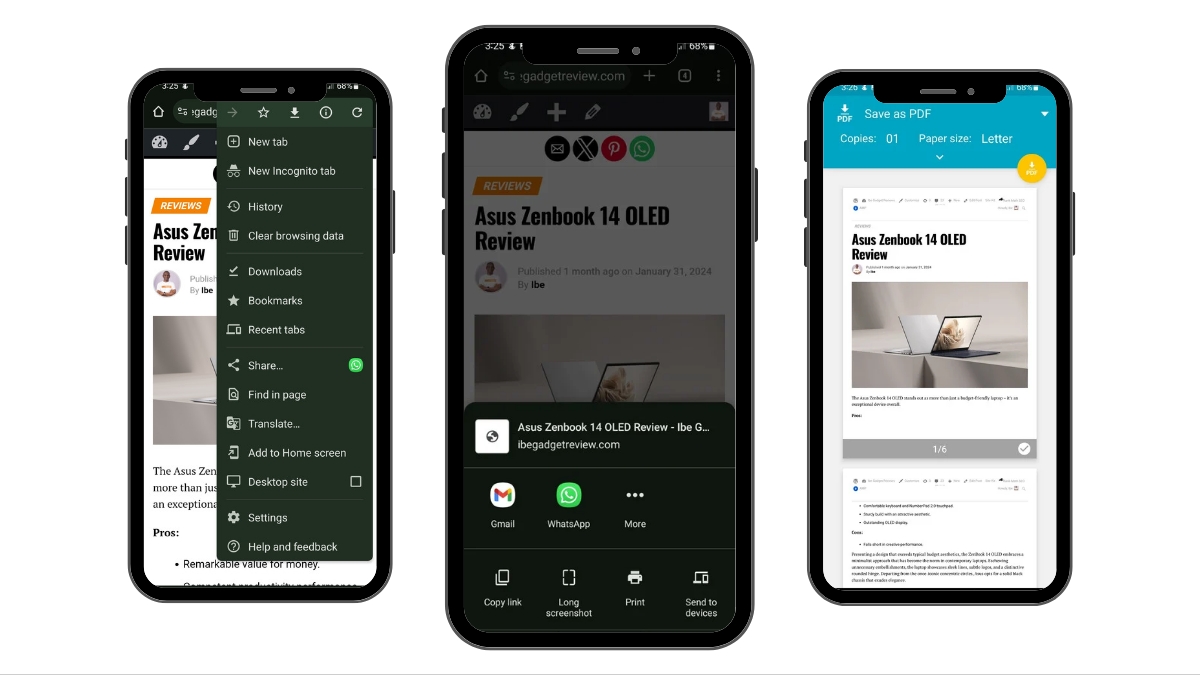
At some point, you may encounter a webpage on Chrome worth saving for future reference. By saving it as a PDF, you ensure it remains unchanged when revisited. Converting a webpage to PDF format serves as a reliable method for preserving web data, whether for record-keeping, research, or other purposes.
Simply follow these steps:
FOR IOS
Step 1: Begin by tapping the Share icon, typically located in the top-right corner of your screen. Scroll down until you find the Print option, then select it.
Step 2: In the Print menu, use a pinching motion with two fingers to zoom in and get a closer view. This action will transform the page into a full-screen PDF for examination.
Step 3: Once the page is in PDF format, tap the Share icon again, usually found in the top-right corner of the screen. From the options, select “Save to Files.” Here, you can enter the desired name for your file. And that’s it! You now have a PDF of your webpage. Remember, you can also follow these steps in Firefox for iOS.
FOR ANDROID:
You can also save PDFs directly from Chrome on an Android device, but the steps differ slightly.
Step 1: Begin by opening the webpage you wish to save in the Chrome app. Tap the Three-dot icon at the top-right corner, then select “Share” from the menu.
Step 2: A pop-up menu will appear at the bottom of your screen. From there, choose “Print.”
Step 3: Next, tap the Down arrow at the top of the screen and select “Save as PDF” from the options provided.
Step 4: Customize your document preferences, such as size, color, and pages, by tapping the Down arrow underneath “Paper size.”
Step 5: When you’re ready to save your PDF, tap the circular PDF icon located on the right side of the screen.
Step 6: Provide a name for your file at the bottom of the screen, then tap “Save.”
Additionally, you can select your desired save location by tapping the Three horizontal lines at the top-left corner of your screen. From there, choose from various options, including the Downloads folder, your device’s storage, or Google Drive.
Tips & Tricks
AirPods Pro 2 Tips

Apple’s AirPods Pro 2 have revolutionized the wireless earbuds market with their advanced features and seamless integration with iOS devices. Whether you’re a longtime user or just getting started with these cutting-edge earbuds, there are several tips and tricks you can use to enhance your listening experience and make the most out of your AirPods Pro 2. From hidden controls to personalized audio settings, here’s a guide to maximizing your AirPods Pro 2 experience.
Explore Hidden Control Center Options
The Control Center on your iPhone is a hub for managing various settings, including your AirPods Pro 2. To access hidden options, press and hold the volume slider while your AirPods are connected. This reveals a list of options such as noise control mode, conversational awareness, and spatial audio toggles. To further customize your Control Center, add the Hearing option by navigating to Settings > Control Center. Then, enable additional options like Background Sounds and Live Listen under Settings > Accessibility > Hearing Control Center.
Utilize Live Listen
Live Listen is a feature that amplifies sounds captured by your iPhone’s microphone and plays them directly through your AirPods. While primarily designed as an accessibility feature, Live Listen can also be used creatively, such as listening in on conversations in another room. Activate Live Listen by accessing the Hearing option in Control Center and selecting Live Listen.
Customize Audio with Headphone Accommodations
Tailor the sound profile of your AirPods Pro 2 to suit your preferences using Headphone Accommodations. Adjust the equalizer settings by going to Settings > Music > EQ, or utilize Apple’s Headphone Accommodations options for further customization. Choose from balanced tone, vocal emphasis, brightness, or boost soft sounds using the slider tool under Settings > Accessibility > Audio/Visual > Headphone Accommodations.
Personalize Spatial Audio
Take advantage of personalized spatial audio by utilizing your iPhone’s TrueDepth camera to map the shape of your ears. Access this feature under Settings > AirPods > Personalized Spatial Audio. Follow the on-screen instructions to calibrate spatial audio based on your ear shape, then enable it from the Control Center. Experience immersive audio with supported movies and music tailored to your unique ear anatomy.
Share Audio with a Friend
Share the joy of music or podcasts with a friend using the Share Audio feature. Simply swipe down to open the Control Center, tap the AirPods icon, and select Share Audio. Pair another pair of AirPods or Beats headphones with your device, and enjoy synchronized playback of your favorite content together.
Unlock Advanced Settings with Shortcuts
Harness the power of the Shortcuts app to automate and streamline your AirPods Pro 2 experience. Create custom shortcuts to switch noise control modes, adjust volume levels, or activate specific features upon connecting your AirPods to your iPhone. Explore the Shortcuts app to tailor your AirPods settings to your preferences and lifestyle.
By implementing these tips and tricks, you can unlock the full potential of your AirPods Pro 2 and elevate your listening experience to new heights. Whether you’re fine-tuning audio settings, exploring hidden features, or sharing music with friends, there’s something for everyone to enjoy with Apple’s innovative wireless earbuds.
Tips & Tricks
How To Hide Photos on an iPhone

If you’re looking to plan a surprise, hide an embarrassing photo, or simply keep certain images private, there are various reasons to hide photos in your iPhone’s camera roll. Fortunately, iOS16 and17 offers a convenient method to separate specific photos into a secure Hidden folder.
Here, we’ll show you how you can hide your photos on your iPhone and how to remove them from your Hidden folder too.
While you could delete these photos from your iPhone, having the option to hide them can prove invaluable, particularly if your phone frequently ends up in the hands of children or friends.
To begin, follow these steps:
Step 1: Open the Photos app on your iPhone, iPad, or iPod Touch.
Step 2: Locate and select the photos you wish to hide.
Step 3: Tap the More button.
Step 4: Select the Hide option.
Step 5: Your chosen photos will be moved to the Hidden album, which is under Utilities on the Albums tab.
Here are the steps to unhide or view hidden photos:
Step 1: Open the Photos app on your device.
Step 2: Navigate to the Albums tab at the bottom.
Step 3: Scroll down and tap on the Hidden folder under Utilities. You may need to authenticate with Face ID or Touch ID.
Step 4: Choose the photos you want to unhide by tapping on them.
Step 5: Tap the Overflow button in the bottom-left corner (the icon with an ellipsis enclosed by a circle).
Step 6: Select Unhide from the pop-up menu. The photos will then return to òĺ them to a specific album.
Tips & Tricks
How To Remove Location From Your iPhone Photos
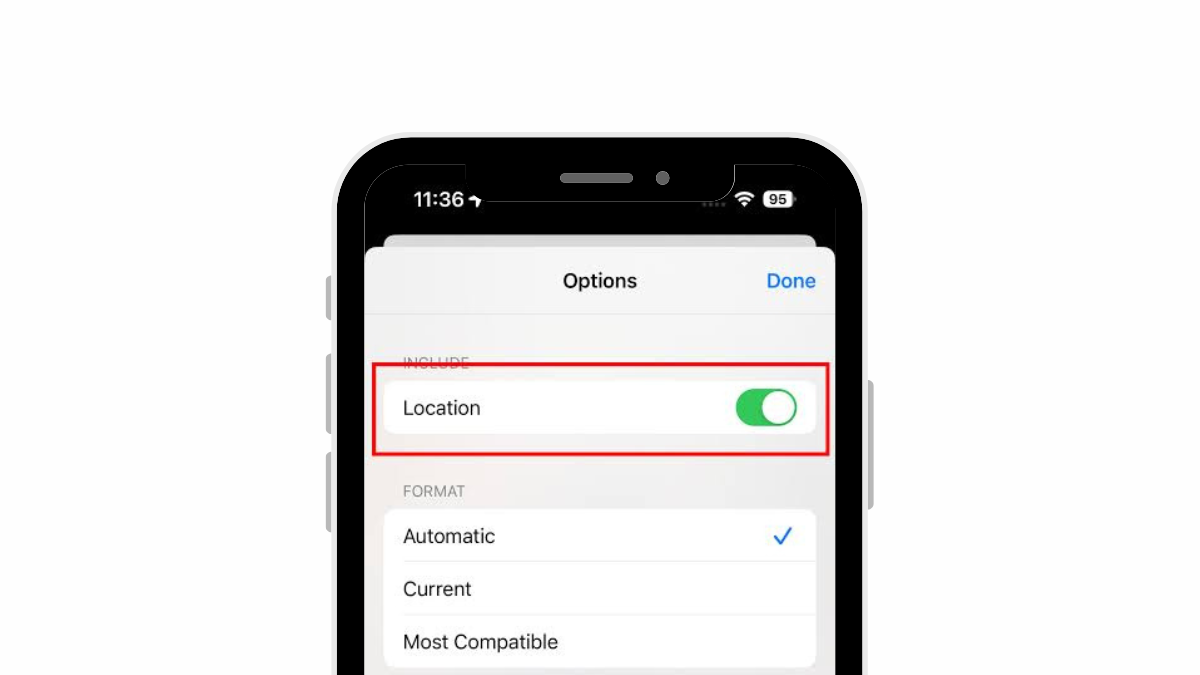
Capturing cherished moments is a joy, whether it’s a scenic landscape, a lively party, or an extraordinary meal. With the Apple iPhone, these memories come to life with added location data, creating themed albums and showcasing shots taken in specific places. This feature brings a playful touch to the Photos app.
Yet, privacy matters. While having location data on your photos can be delightful, sharing it publicly may not be your preference. That’s why we’ve crafted this guide – to help you remove location data from your pictures before sharing them on social media. Additionally, we’ve included steps for those who prefer not to have their iPhone capture location data at all.
To remove location data from your iPhone photos, follow these steps:
1. Open the Photos app on your iPhone.
2. Select the photo from which you want to remove the location data.
3. Tap “Edit” in the top-right corner.
4. Tap the location icon (it looks like an arrow) at the top of the screen.
5. Toggle off the switch next to “Location” or “Include location info.”
6. Tap “Done” to save the changes.
This ensures that the location data is no longer attached to the selected photo.
-
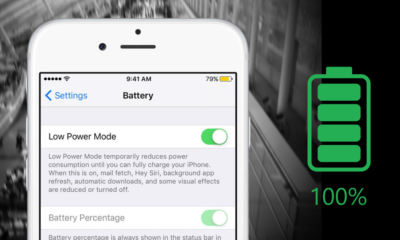
 How To8 months ago
How To8 months agoHow To Make Your Battery Last Longer On Your Gadget
-

 How To6 months ago
How To6 months agoHow To Use Voice Commands for Hands-Free Control.
-
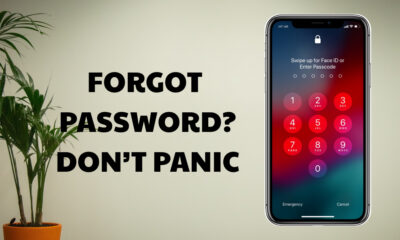
 How To6 months ago
How To6 months agoHow To Unlock Your Smartphone If You Forget the PIN
-
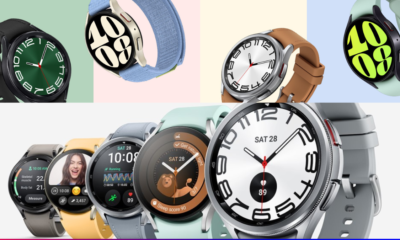
 Reviews9 months ago
Reviews9 months agoSamsung Galaxy Watch 6 vs. Galaxy Watch 6 Classic: A Timeless Face-off!
-
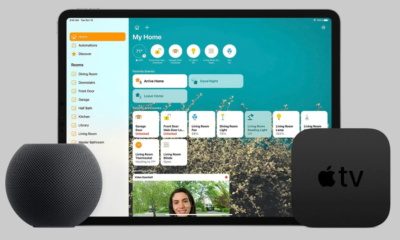
 Best Smart Home Gadgets7 months ago
Best Smart Home Gadgets7 months agoHow To Set Up a Smart Home: A Comprehensive Guide
-
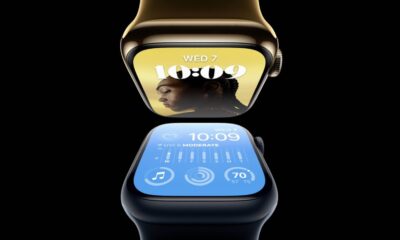
 Tech News9 months ago
Tech News9 months agoGurman: Apple Watch Redesigned ‘Apple Watch X’
-
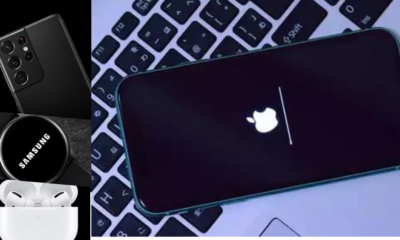
 How To6 months ago
How To6 months agoHow to Troubleshoot Common Gadget Problems
-

 Apps9 months ago
Apps9 months agoPhoto Magic: How To Use Quick Crop on iPhone Photos App iOS 17



